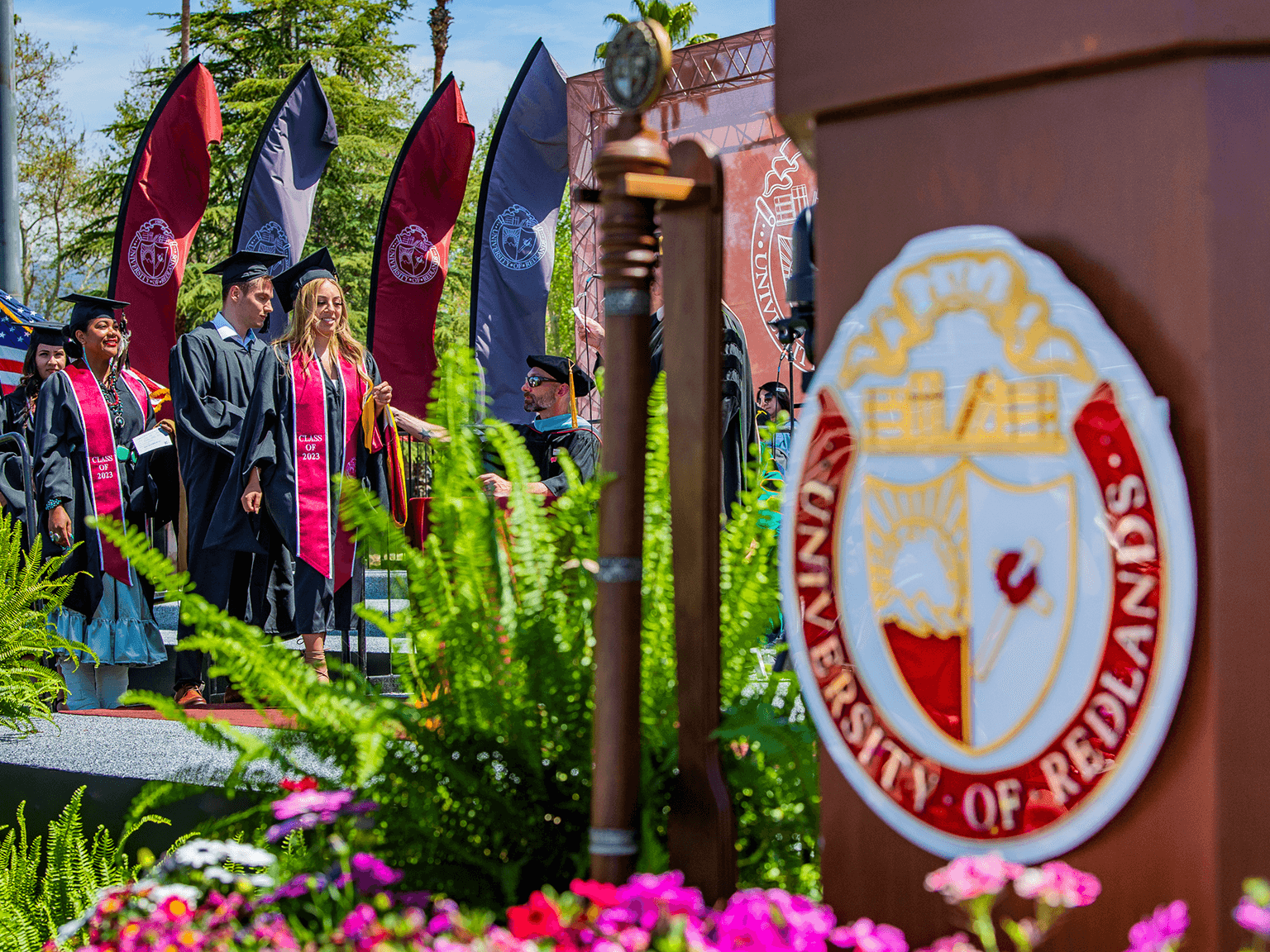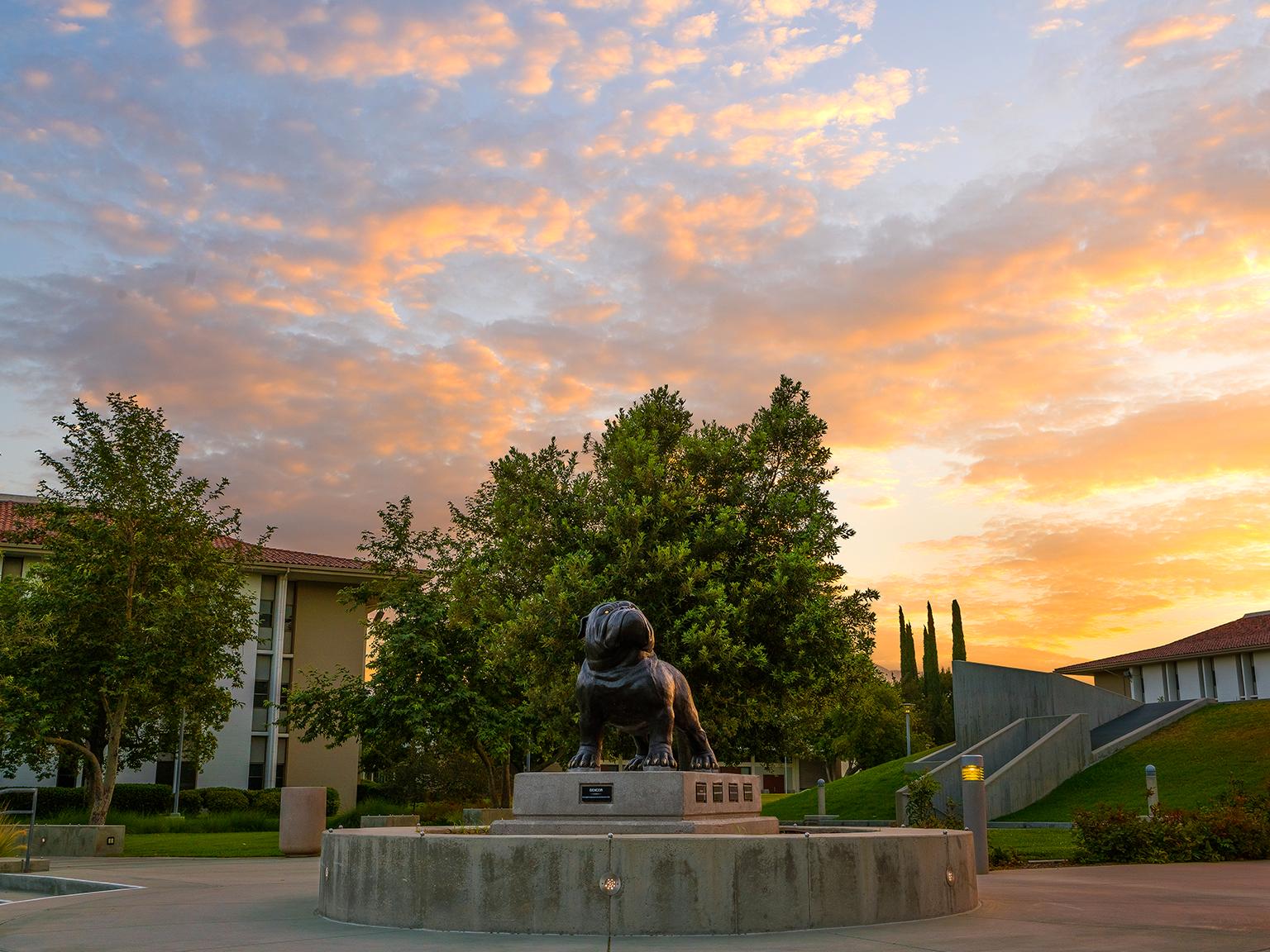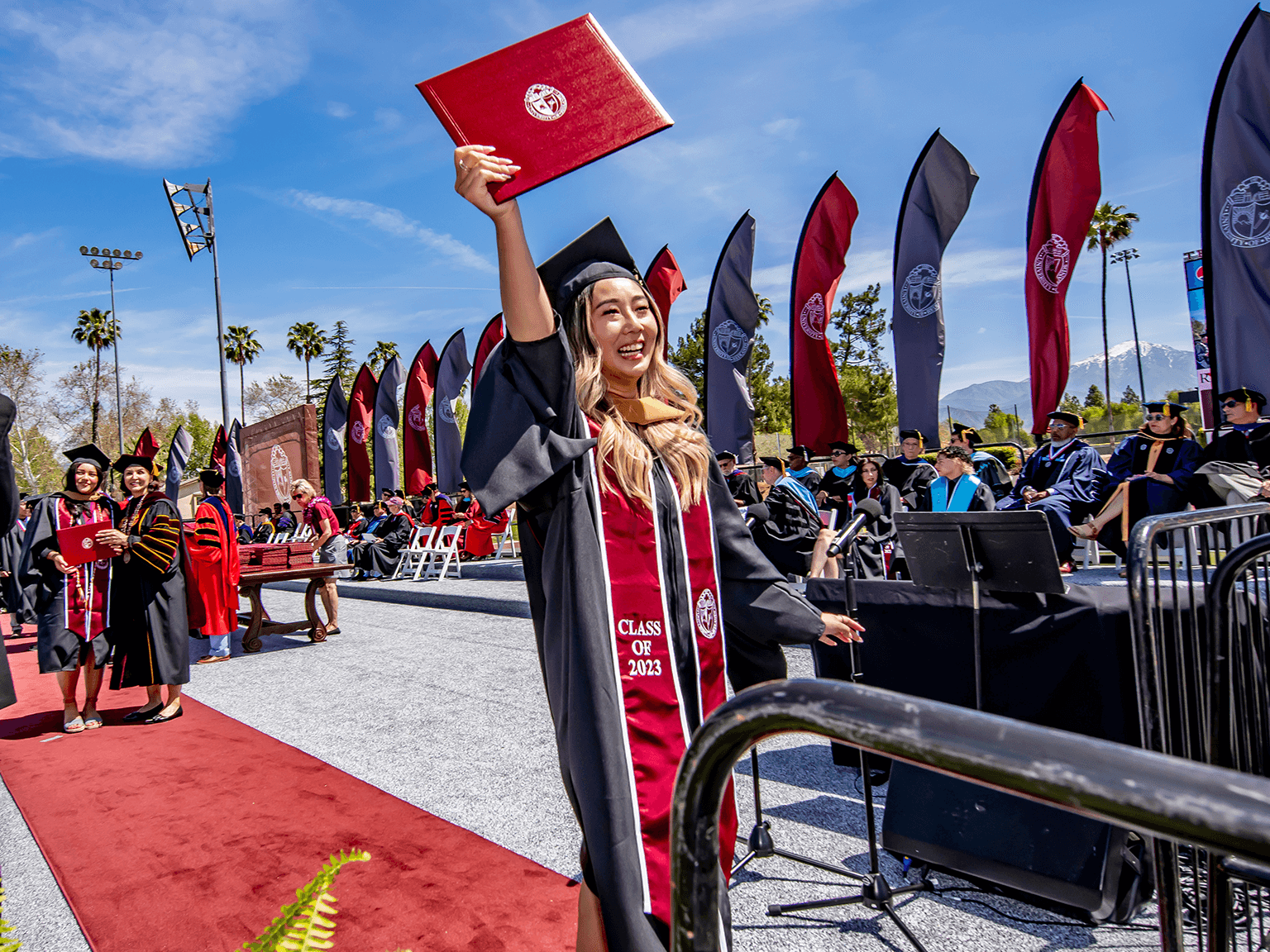
Barbara Conboy
Education
- Ph.D., Language and Communicative Disorders, University of California, San Diego and San Diego State University
- M.A., Speech-Language-Hearing Sciences, Temple University
- B.A., Latin-American Studies, Smith College
Professional Background
Dr. Barbara Conboy is a Professor of Communication Sciences and Disorders, coordinator of the Specialty Certificate in Bilingual Speech-Language Pathology: Spanish Language Focus, and faculty/advisor in the interdisciplinary undergraduate program in Latin American Studies. She currently co-directs Project TEAMMATES-LL (Transdisciplinary Educational And Multicultural /Multilingual Approaches for Teaching Elementary Students Language & Literacy), a program funded by the U.S. Department of Education focused on training speech-language pathologists and special education teachers to support language and literacy development in children from linguistically diverse backgrounds.
Dr. Conboy is a bilingual speech-language pathologist with specialized training in language and literacy development, developmental language disorders, and bilingualism, and has professional experience working in public schools, Head Start programs, community and university clinics, hospitals, and private practice. She has also previously held positions as a research scientist at the University of Washington's Institute for Learning and Brain Sciences and as a bilingual teacher of moderate special needs in Massachusetts. She is committed to providing scientifically based oral and written language services to children from linguistically diverse backgrounds and supporting the training of speech-language pathologists and other educational professionals to provide evidence-based services. She holds the American Speech-Language-Hearing Association Certificate of Clinical Competence, a California state license in speech-language pathology, and a Language, Speech & Hearing Specialist credential from the California Commission on Teacher Credentialing. Since joining the University of Redlands in 2009, she has taught on the topics of language and cognitive development, language science, bilingualism, cultural/linguistic diversity, and research design/methodology. She has also taught a bilingual child language clinical course for graduate students and a mixed undergraduate/graduate service-learning travel course in Guatemala focused on language, culture, and education.
Dr. Conboy has been funded by the National Institute of Child Health & Human Development, the National Science Foundation, the Fulbright Scholar Program, and several private foundations as well as faculty grants from the University of Redlands to study linguistic and nonlinguistic factors in language development and processing, with a focus on bilingual children. She has used behavioral-experimental, observational, parent-report, and event-related brain potential (ERP/EEG) methods to investigate the dual language development of bilingual (Spanish-English; Spanish-Kaqchikel Mayan) and monolingual infants and children (English, Spanish) in the U.S., Guatemala, and Mexico. Her peer-reviewed publications, book chapters, and review papers have included research on the language development of infants, toddlers, preschoolers, and school-age children, and on the practices of speech-language pathologists with bilingual children. Dr. Conboy also co-authored the Spanish version of the MacArthur-Bates Communicative Development Inventory, a widely used caregiver-report questionnaire for measuring language skills in infants, toddlers, and young children.
Affiliations
-
ASHA (American Speech-Language-Hearing Association)
- AELFA-IF (Asociación Española de Logopedia, Foniatría y Audiología e Iberoamericana de Fonoaudiología) [Spanish & Iberoamerican Association of Speech-Language Pathology and Audiology]
- CSHA (California Speech-Language-Hearing Association)
- RADLD-USA (Raising Awareness of Developmental Language Disorder- U.S.A. chapter)
Peer-Reviewed Research Articles
Nieva, S., Rodríguez, L., Aguilar-Mediavilla, E., & Conboy, B.T. (2020). Competencias profesionales para el trabajo con población multilingüe y multicultural en España: creencias, prácticas y necesidades de los/las logopedas. [Professional competencies for working with multilingual and multicultural populations in Spain: Speech-language therapists’ beliefs, practices and needs.] Revista de Logopedia, Foniatría y Audiología, 40(4), 152-167.
Sundara, M., Ward, N., Conboy, B., & Kuhl, P.K. (2020). Exposure to a second language in infancy alters speech production. Bilingualism: Language and Cognition, 1-14.
Conboy, B.T., Brooks, R., Meltzoff, A.N., & Kuhl, P.K. (2015). Social interaction in infants’ learning of second-language phonetics: an exploration of brain-behavior relations. Developmental Neuropsychology, 40(4), 216-229.
Conboy, B.T. & Kuhl, P.K. (2011). Impact of second-language experience in infancy: Brain measures of first- and second-language speech perception. Developmental Science, 14(2), 242-248.
García-Sierra, A., Rivera-Gaxiola, M., Percaccio, C., Conboy, B.T., Romo, H., Klarman, L., Ortíz, S., & Kuhl, P.K. (2011). Bilingual language learning: An ERP study relating early brain responses to speech, language input, and later word production. Journal of Phonetics, 39(4), 546-557.
Kohnert, K., Kan, P.F., & Conboy, B.T. (2010). Lexical and grammatical associations in sequential bilingual preschoolers. Journal of Speech, Language, and Hearing Research, 53(3), 684-698.
Conboy, B.T., Sommerville, J., & Kuhl, P.K. (2008). Cognitive control factors in speech perception at 11 months. Developmental Psychology, 44(5), 1505-1512.
Kuhl, P.K., Conboy, B.T., Coffey-Corina, S., Padden, D., Rivera-Gaxiola, M., & Nelson, T. (2008). Phonetic learning as a pathway to language: New data and Native Language Magnet Theory-expanded (NLM-e). Philosophical Transactions of the Royal Society B, 363(1493), 979-1000.
Silva-Pereyra, J.F., Conboy, B.T., Klarman, L., & Kuhl, P.K. (2007). Grammatical processing without semantics? An event-related brain potential study of preschoolers using jabberwocky sentences. Journal of Cognitive Neuroscience, 19(6), 1050-1065.
Conboy, B.T. & Mills, D.L. (2006). Two languages, one developing brain: Effects of vocabulary size on bilingual toddlers’ event-related potentials to auditory words. Developmental Science, 9(1), F1-F11.
Conboy, B.T. & Thal, D. (2006). Ties between the lexicon and grammar: Cross-sectional and longitudinal studies of bilingual toddlers. Child Development, 77(3), 712-735.
Kuhl, P.K., Conboy, B.T., Padden, D., Nelson, T., & Pruitt, J. (2005). Early speech perception and later language development: implications for the “critical period.” Language Learning and Development, 1(3&4), 237-264.
Gutiérrez-Clellen, V.F., Brown, S., Conboy, B., & Robinson-Zañartu, C. (1998). Modifiability: a dynamic approach to assessing immediate language change. Journal of Children's Communication Development, 19(2), 31-43.
Books, Chapters, Review Papers
Nieva, S., Conboy, B.T., Aguilar-Mediavilla, E., & Rodríguez, L. (2020). Prácticas en logopedia infantil en entornos bilingües y multilingües. Recomendaciones basadas en la evidencia. [Speech & Language therapy practices with children growing up in bilingual and multilingual environments. Evidence-based recommendations.] Revista de Logopedia, Foniatría y Audiología, 40(4), 194-213.
Simon-Cereijido, G., Conboy, B.T., & Jackson-Maldonado, D. (2020). El derecho humano de ser multilingüe: recomendaciones para logopedas [The human right of being multilingual: recommendations for speech-language therapists]. 40(4), 178-186.
Conboy, B.T. (2016). Bilingüismo infantil y práctica basada en la evidencia. In M.T. Martín-Aragoneses and R. López Higues (Eds.). Claves de la logopedia del siglo XXI (pp. 73-91). Madrid: UNED.
Conboy, B.T. & Montanari, S. (2016). Early lexical development in bilingual infants and toddlers. In E. Nicoladis and S. Montanari, (Eds.), Bilingualism across the lifespan: factors moderating language proficiency (pp. 63-79). Washington, DC: American Psychological Association.
Conboy, B.T. & Bosseler, A. (2015). Perceptual processing of speech in infancy. In Bahr, R.H. and Silliman, E.R. (Eds.), Routledge handbook of communication disorders (pp. 114-123). London: Routledge.
Conboy, B.T. (2013). Neuroscience research: how experience with one or more languages affects the developing brain. In California State Advisory Council on Early Learning and Care, California’s best practices for young dual language learners: research overview papers (pp. 1-50). Sacramento: California Department of Education.
Conboy, B.T. (2012). Research techniques and the bilingual brain. In C.A. Chapelle (Ed.), The encyclopedia of applied linguistics. Wiley Online Library, ISBN: 9781405198431, DOI: 10.1002/9781405198431.wbeal1010
Conboy, B.T. (2011). Language processing and production in infants and toddlers. In B.A. Goldstein (Ed.), Bilingual language development and disorders in Spanish-English speakers (2nd ed.) (pp. 47-71). Baltimore: Paul H. Brookes Publishing Co.
Conboy, B.T. (2010). The brain and language acquisition: variation in language knowledge and readiness for education (pp. 25 - 47). In M. Shatz and L. Wilkinson (Eds.), The education of English language learners: Research to practice. NY: Guilford Press.
Mills, D.L. & Conboy, B.T. (2009). Early communicative development and the social brain. In M. de Haan and M.R. Gunnar (Eds.), Handbook of developmental social neuroscience (pp. 175-206). New York: Guilford Press.
Conboy, B.T., Rivera-Gaxiola, M., Silva-Pereyra, J.F., & Kuhl, P.K. (2008). Event-related potential studies of early language processing at the phoneme, word, and sentence levels. In A.D. Friederici & G. Thierry (Eds.), Early language development: bridging brain and behavior, Trends in language acquisition research series, Vol. 5 (pp. 24-64). Amsterdam/The Netherlands: John Benjamins.
Conboy, B.T. & Kuhl, P.K. (2007). Early speech perception: developing a culturally specific way of listening through social interaction. In S.L. Bråten (Ed.), On being moved – from mirror neurons to empathy (pp. 175-199). Amsterdam/Philadelphia: John Benjamins Publishing Company.
Jackson-Maldonado, D. & Conboy, B.T. (2007). Utterance length measures for Spanish-speaking toddlers: the morpheme vs. word issue revisited. In J.G. Centeno & L.K. Obler & R. Anderson (Eds.), Studying communication disorders in Spanish speakers: Theoretical, research, & clinical aspects (pp. 142-155). Clevedon, UK: Multilingual Matters Ltd.
Mills, D.L., Conboy, B.T., & Paton, C. (2005). Do changes in brain organization reflect shifts in symbolic functioning? In L. Namy (Ed.) Symbol use and symbolic representation: Developmental/lifespan perspectives (pp. 123-153). Mahwah, NJ: Lawrence Erlbaum Associates.
Jackson-Maldonado, D., Thal, D., Marchman, V., Fenson, L., Newton, T., & Conboy, B. (2003). User’s Manual, MacArthur Inventario del Desarrollo de Habilidades Comunicativas. Baltimore: Paul H. Brookes Publishing Co.



